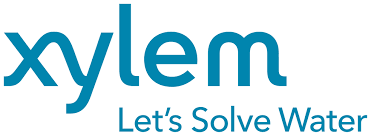Long Island Students Win Top Water Innovation Prize
by Antonio Pasolini

Originally published on JustMeans
Two childhood friends have won the top prize at the 2017 Stockholm Junior Water prize sponsored by Xylem. Ryan Thorpe and Rachel Chang, seniors at Manhasset Secondary School on Long Island, N.Y., have created a system that uses biosensors to detect individual colonies of four of the most common pathogenic bacteria found in water, paving the way for applications in regions where clean water is a luxury.
At the center of the solution is graphene, a type of carbon that we commonly find in pencils and a cost-effective material that broadens application possibilities. They created graphene biosensors (shaped as small flat squares) that generate an electric signal when bacteria are exposed to them.
The award-winning duo have created four different bionsensors to detect the four major bacterial pathogens. Each one produces specific analytes that provide the subject of a chemical analysis.
The signal generated can be read on a computer screen through a two-dimensional graph, alerting to the presence of common types of bacteria, including E.coli, shield, cholera and salmonella. When there are bacteria in the water, the current will fluctuate.
Best of all, detection occurs instantaneously. As soon as a sample is put on the biosensor, the current will immediately start changing if bacteria are present. Purification is also fast: the young researchers claim it takes about ten seconds to eliminate bacteria.
To infuse the water with bactericidal chemicals, the young inventors have opted for Arduino microprocessors, which are computer parts that can be coded to perform a wide variety of tasks. They proceeded to code the processors to control a motor. Once bacteria is detected, the motor will inject chemicals in the water to eliminate bacteria in a safe way.
The duo chose sodium hydroxide and hydrogen peroxide to purify the water. Previous studies show peroxide can lead to a significant increase in alkalinity. It will create hydroxyl radicals, which are compounds used to replace chlorine. Unlike chlorine, they kill quickly and become inactive, so water is safer for consumption.
Thorpe and Chang say their method has wide range of applications for both developing and developed countries. For instance, it can be placed in piping systems or on the site of a drinking water source. They add it offers a viable alternative to current methods, which often require expensive and complex PCR tests carried out with expensive machines.
“Our system is much more user friendly, it’s much cheaper, and it’s able to detect much lower amounts of bacteria instantaneously,” says Chang.

